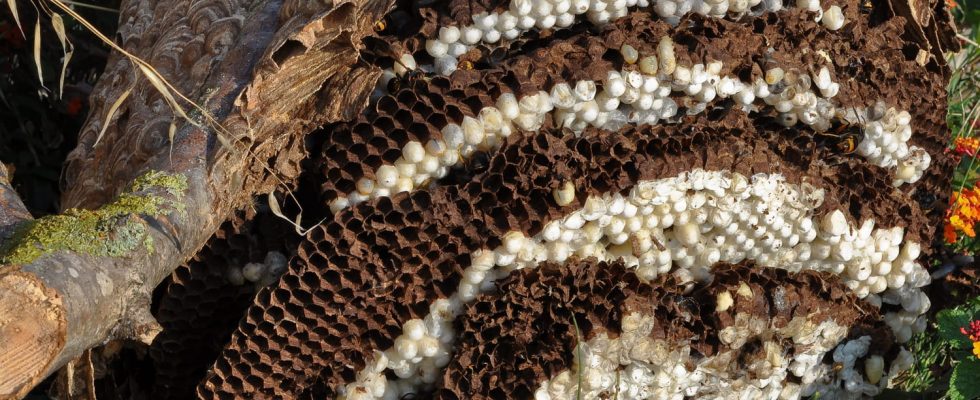Now is a good time to set up traps to prevent the proliferation of this pest insect.
As the weather gets warmer, the little creatures are back in the garden and the house. While the return of ladybugs, bees or butterflies delights many gardeners, this is not the case for all insects. The bites of some of them and their damage frighten more than one. One of them has become a scourge in France. They are also aggressive predators of bees and other pollinating insects. Colonies have been observed attacking honey bee hives, killing the bees or forcing them to abandon their colony, resulting in significant economic losses for beekeepers.
And watch out if you see a lot of them! Although most of the time the bite of such an insect is benign, it can trigger serious allergic reactions in some people, which can even lead to anaphylactic shock. It can also be fatal on sensitive people in the event of multiple bites (they like to attack in groups), or in certain places on the body such as the eyes or the throat.
This insect to repel is the Asian hornet, an invasive species. As queens begin to emerge from hibernation in the spring to found new colonies, it is crucial to implement trapping strategies now to capture queens and control the proliferation of Asian hornets. The authorities but also beekeepers have provided valuable advice on trapping them. Be careful, after the months of April and May, it will be too late to trap the queens. It will then be necessary to tackle the secondary nests, a more arduous exercise and probably to be reserved for professionals.
In private homes, Asian hornet traps are generally made of cut plastic bottles and baited with sugary substances to attract the insects. Once trapped, hornets can be safely disposed of. Be careful, beekeepers warn about this type of trap, you have to be careful with the bait you put in the trap to prevent it from also attracting bees. It is necessary to remember that the primary aim of trapping is to preserve biodiversity and protect hives.
It is also better to favor selective traps, that is to say those which will only capture the Asian hornet. Here is a bait recipe that will attract Asian hornets but not bees: a mixture of 1/3 white wine, 1/3 beer and 1/3 strawberry or grenadine syrup. Bees that do not like alcohol will not be attracted.
You must then place the trap in the right place to capture the queens, ideally “near flowering trees, household composters and possibly near old buildings or piles of wood where they can find refuge to hibernate” confides Gonzague Collong, vice -president of the Morbihan Beekeepers Union on France 3 Bretagne.
